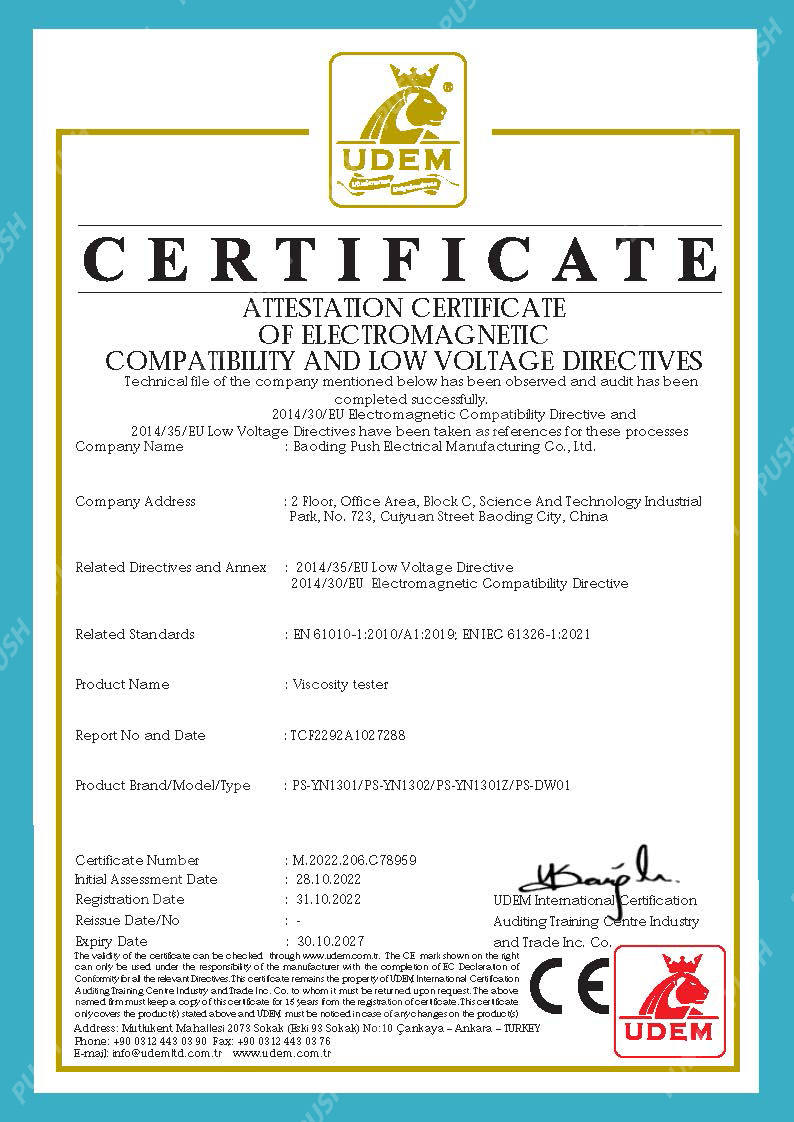 English
English



-
 Afrikaans
Afrikaans -
 Albanian
Albanian -
 Amharic
Amharic -
 Arabic
Arabic -
 Armenian
Armenian -
 Azerbaijani
Azerbaijani -
 Basque
Basque -
 Belarusian
Belarusian -
 Bengali
Bengali -
 Bosnian
Bosnian -
 Bulgarian
Bulgarian -
 Catalan
Catalan -
 Cebuano
Cebuano -
 China
China -
 China (Taiwan)
China (Taiwan) -
 Corsican
Corsican -
 Croatian
Croatian -
 Czech
Czech -
 Danish
Danish -
 Dutch
Dutch -
 English
English -
 Esperanto
Esperanto -
 Estonian
Estonian -
 Finnish
Finnish -
 French
French -
 Frisian
Frisian -
 Galician
Galician -
 Georgian
Georgian -
 German
German -
 Greek
Greek -
 Gujarati
Gujarati -
 Haitian Creole
Haitian Creole -
 hausa
hausa -
 hawaiian
hawaiian -
 Hebrew
Hebrew -
 Hindi
Hindi -
 Miao
Miao -
 Hungarian
Hungarian -
 Icelandic
Icelandic -
 igbo
igbo -
 Indonesian
Indonesian -
 irish
irish -
 Italian
Italian -
 Japanese
Japanese -
 Javanese
Javanese -
 Kannada
Kannada -
 kazakh
kazakh -
 Khmer
Khmer -
 Rwandese
Rwandese -
 Korean
Korean -
 Kurdish
Kurdish -
 Kyrgyz
Kyrgyz -
 Lao
Lao -
 Latin
Latin -
 Latvian
Latvian -
 Lithuanian
Lithuanian -
 Luxembourgish
Luxembourgish -
 Macedonian
Macedonian -
 Malgashi
Malgashi -
 Malay
Malay -
 Malayalam
Malayalam -
 Maltese
Maltese -
 Maori
Maori -
 Marathi
Marathi -
 Mongolian
Mongolian -
 Myanmar
Myanmar -
 Nepali
Nepali -
 Norwegian
Norwegian -
 Norwegian
Norwegian -
 Occitan
Occitan -
 Pashto
Pashto -
 Persian
Persian -
 Polish
Polish -
 Portuguese
Portuguese -
 Punjabi
Punjabi -
 Romanian
Romanian -
 Russian
Russian -
 Samoan
Samoan -
 Scottish Gaelic
Scottish Gaelic -
 Serbian
Serbian -
 Sesotho
Sesotho -
 Shona
Shona -
 Sindhi
Sindhi -
 Sinhala
Sinhala -
 Slovak
Slovak -
 Slovenian
Slovenian -
 Somali
Somali -
 Spanish
Spanish -
 Sundanese
Sundanese -
 Swahili
Swahili -
 Swedish
Swedish -
 Tagalog
Tagalog -
 Tajik
Tajik -
 Tamil
Tamil -
 Tatar
Tatar -
 Telugu
Telugu -
 Thai
Thai -
 Turkish
Turkish -
 Turkmen
Turkmen -
 Ukrainian
Ukrainian -
 Urdu
Urdu -
 Uighur
Uighur -
 Uzbek
Uzbek -
 Vietnamese
Vietnamese -
 Welsh
Welsh -
 Bantu
Bantu -
 Yiddish
Yiddish -
 Yoruba
Yoruba -
 Zulu
Zulu
Color Measurement Instrument for Oil Analysis and Quality Control Solutions
Understanding Oil Colorimeter A Tool for Quality Control
In the world of industrial applications, the quality of oil plays a crucial role in determining the performance and longevity of machinery. To ensure the highest standards, various testing methods are employed, among which the oil colorimeter stands out as a vital instrument. This device measures the color of oil, which can be an indicative parameter of its purity and quality.
An oil colorimeter functions by analyzing light absorption characteristics of oil samples. Typically, it employs a light source that emits specific wavelengths, which the oil sample absorbs to different extents. The transmittance of light through the oil is then measured, and the resulting data allows for the determination of the color index of the oil sample. The key principle behind this measurement is that oil color is often correlated with the presence of contaminants, degradation products, or other impurities. Thus, by understanding the color, one can infer a great deal about the oil's condition.
The application of oil colorimeters is extensive, ranging from the petrochemical industry to automotive sectors. For instance, in the automotive industry, regular checks of engine oil color can indicate whether an oil change is necessary. Darker shades might suggest the presence of soot or other contaminants, prompting maintenance actions. Similarly, in the cooking oil industry, monitoring oil color is essential for ensuring product quality, safety, and consumer satisfaction.
Moreover, an oil colorimeter is not only a tool for quality assurance but also plays a critical role in regulatory compliance. Many industries are subject to specific guidelines regarding the quality of oils used in their processes. Regular testing with a colorimeter ensures adherence to these regulations, avoiding potential penalties and promoting environmental sustainability.
oil colorimeter

One of the significant advantages of using an oil colorimeter is its ability to provide instant results. Traditional testing methods might require lengthy procedures and complex lab analyses. In contrast, colorimeters can deliver quick feedback, allowing for immediate decision-making—a crucial factor in industries where downtime translates to significant financial losses.
The technology behind oil colorimeters has evolved dramatically over the years. Modern devices are equipped with advanced features such as digital displays, data logging, and connectivity options for integration into broader quality management systems. This digital shift not only enhances usability but also enables trends in oil quality to be monitored over time, providing a deeper insight into operational practices and machinery health.
Despite the technological advancements, it is important for operators to understand that color measurement is just one piece of the puzzle. While it provides valuable information, it should be complemented with other analytical methods, such as viscosity measurement and chemical composition analysis. A holistic approach will yield the most accurate assessment of oil quality.
In conclusion, the oil colorimeter serves as an indispensable tool in maintaining the quality of oil across various industries. Its ability to provide rapid insights into the condition of oil helps in timely decision-making that can prevent machinery failures and ensure adherence to regulatory standards. As technology advances, the role of oil colorimeters will likely become even more integral to industrial operations, underpinning the vital connection between oil quality and operational excellence. In an age where efficiency and compliance are paramount, investing in reliable testing solutions like oil colorimeters is a wise choice for any business involved in oil usage or production.
-
Testing Equipment Industry Sees Major Advancements in 2025: Smart & Precision Technologies Lead the WayNewsJun.06,2025
-
Applications of Direct Current Generators in Renewable Energy SystemsNewsJun.05,2025
-
Hipot Tester Calibration and Accuracy GuidelinesNewsJun.05,2025
-
Digital Circuit Breaker Analyzer Features and BenefitsNewsJun.05,2025
-
Benefits of Real-Time Power Quality Monitoring Devices for Industrial EfficiencyNewsJun.05,2025
-
Earth Fault Loop Testing in High-Rise Building Electrical SystemsNewsJun.05,2025



